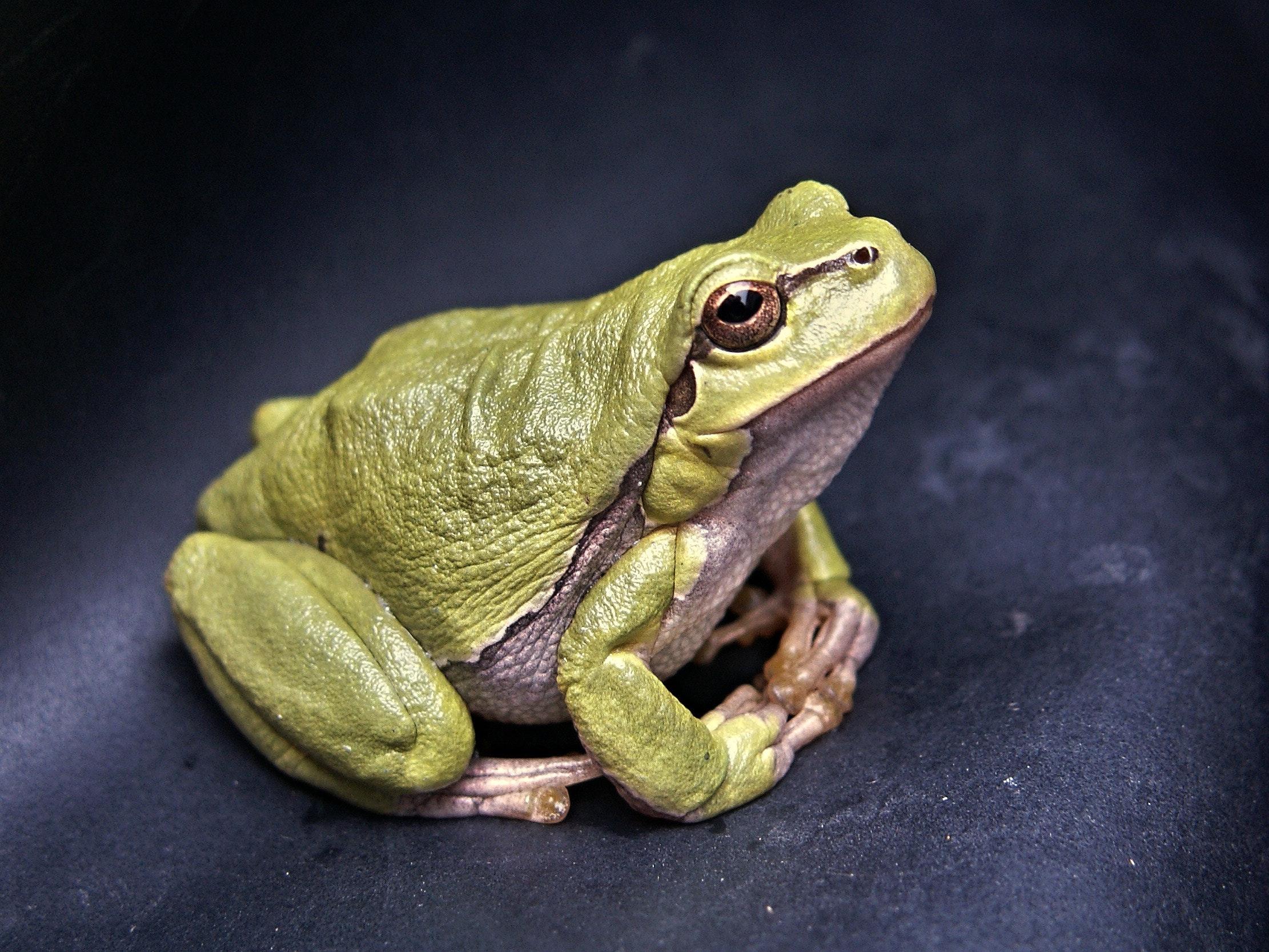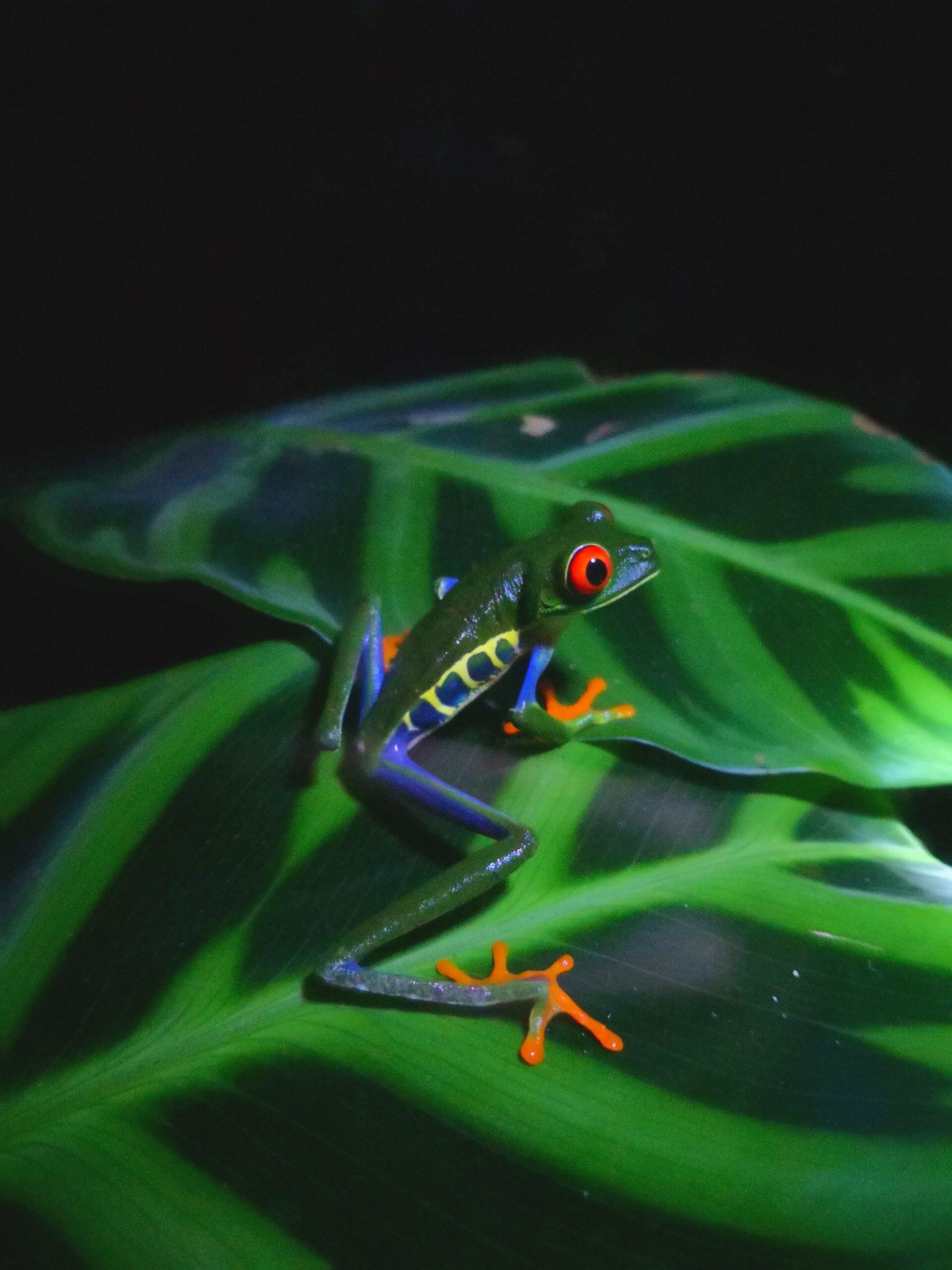Voice communication is not only common among land vertebrates such as birds and mammals. It is also common among reptiles, amphibians and fish. Many of them are generally considered to be mute, but in fact there is extensive and complex communication between them.
The use of vocalizations as a source of communication is common among several groups of vertebrates: singing birds, croaking frogs or barking dogs are some well-known examples. These vocalizations play a fundamental role in parental care, mate attraction and various other behaviors.
Despite the importance of this communication between them, little is known about when and at what stage in the evolutionary history of vertebrates this behavior first appeared. Comparative analyses can provide insights into the evolutionary origin of vocal communication, but they also have limitations due to incomplete information. We will now move on to the details of this interesting content. We will also tell you about a research study.
Also See: We Interviewed Wocopa Turkey Founder Elif Koçak on Female Youth Entrepreneurship!
Research: "Voice Communication Appeared 400 Million Years Ago"

A team of researchers led by the University of Zurich focused on species that had never been accessed before. Their study includes evidence for the form of contextual behavioral information that accompanies sound recording and sound production for 53 species of four major classes of land vertebrates: turtles, tuataras, caecilians and lungfishes.
"This, together with a large literature-based dataset including 1,800 different species spanning the entire spectrum, shows that vocal communication is not only widespread in land vertebrates. "It also shows that acoustic abilities have also been demonstrated in several groups previously considered to be non-vocal," says Gabriel. For example, many turtles thought to be mute have actually been shown to have large and complex acoustic repertoires.
To investigate the evolutionary origins of acoustic communication in vertebrates, researchers combined data on the vocalization abilities of species such as lizards, snakes, salamanders, amphibians and dipnoi with phylogenetic feature reconstruction methods. When combined with data from well-known acoustic genera such as mammals, birds and frogs, the researchers mapped vocal communication in the vertebrate tree of life.
"We were able to reconstruct acoustic communication as a common trait among these animals, which are at least as old as their last common ancestor, who lived around 407 million years ago," explains study leader Marcelo Sánchez.
One last thing to note. This research study was published in the journal Nature Communications.





No comments yet for this news, be the first one!...